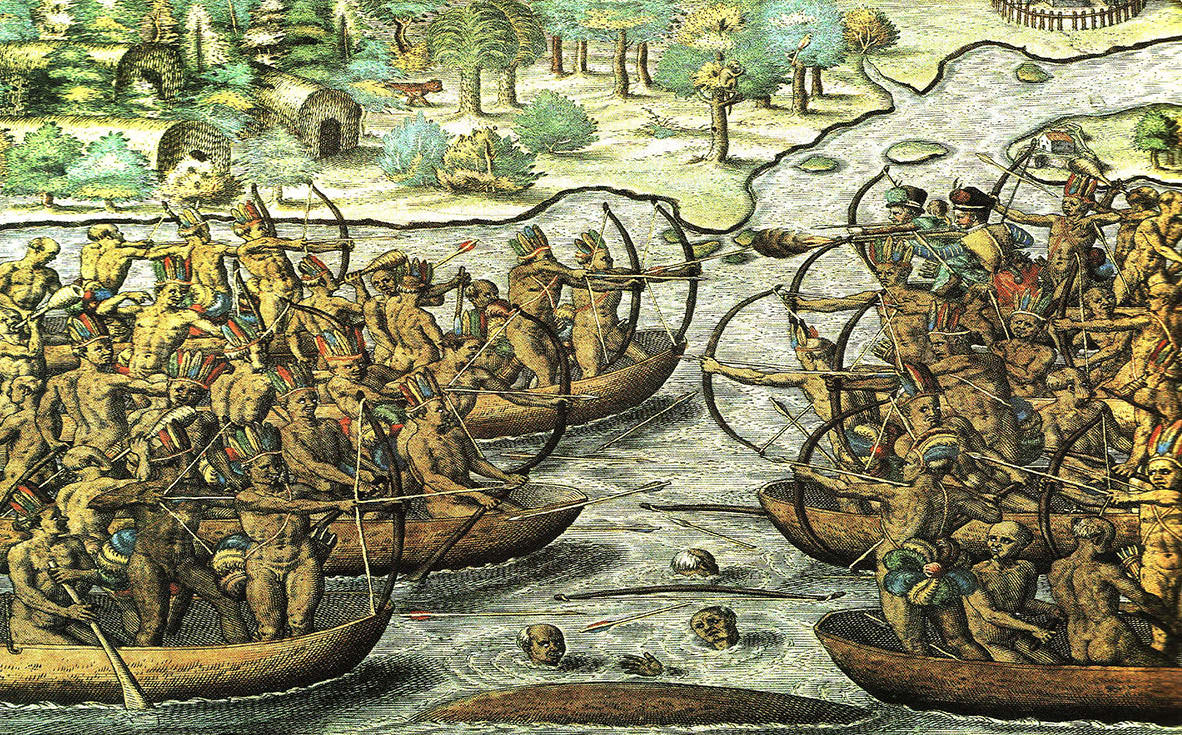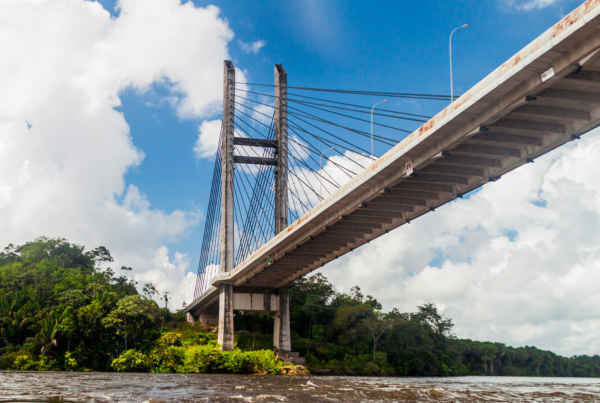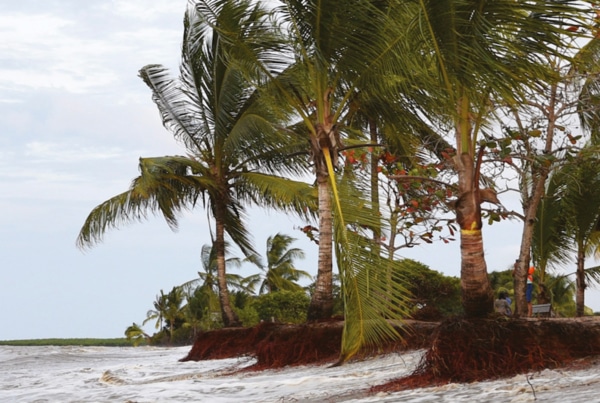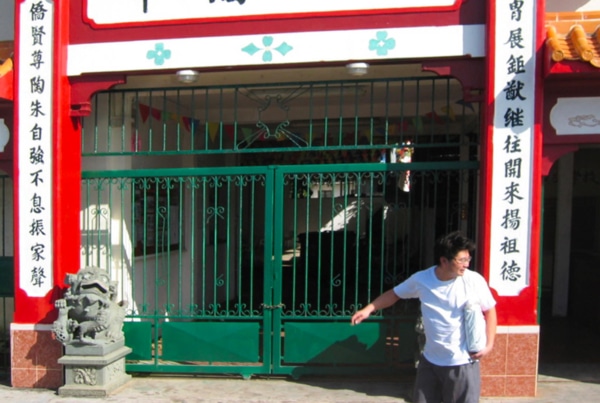
As part of the "Borders, Circulations, Interculturalities and Human-Milieu Interactions" seminar, the DFR LSH is organising a lecture entitled "Constructing and deconstructing American borders in the colonial era - The case of Tupi-Guarani spaces". It will be presented by Guillaume CANDELA, teacher-researcher, on Friday 4 February from 6pm to 8pm in room F108.
A n order to examine the theme of colonial frontiers in the Americas during the 16th and 17th centuries, we need to look again at the notions and concepts of territory and space, and at religious and cultural practices from the point of view of the Amerindian populations. Indeed, the narratives and historiography of the colonisation of American spaces from the Rio de la Plata to the Amazon are dominated by the actions of the Spanish, Portuguese and French colonial powers, as if the protagonists in defining the space of the New World could only be Europeans. The Tupi-Guarani areas were perceived as frontier areas by the American and metropolitan centres of power, which in a way deprived them of media coverage and encouraged a certain oblivion on the part of the European powers. This oblivion and distance from the colonial authorities were conducive to the emergence of phenomena such as miscegenation and religious, cultural and linguistic hybridity. In addition, numerous primary and secondary sources provide us with a window onto the characterisation of space and society by the Tupi-Guarani populations, particularly through the many toponyms, ethnonyms and concepts preserved in the vernacular.
In this lecture, we will analyse how the European powers in the region used Tupi-Guarani definitions of space and society to construct colonial borders.
To do this, we will study a number of cases that reflect these singular colonisation processes. We will explore these issues by looking at, for example, how a Tupi-Guarani myth becomes that of a European explorer, how American borders are also defined through networks of Amerindian alliances, how the linguistic border is defined by the presence of the Guarani language in official sources and, finally, how a new cultural and religious border takes shape through the colonial recovery of Guarani ritual objects. The aim of this lecture will be to present some of my research on the construction and deconstruction of colonial spaces in the Americas by re-evaluating the agency of Amerindian peoples.




